Blockchain technology has rapidly evolved from its origins as the backbone of cryptocurrency transactions to a foundational technology that promises to transform various industries. At its core, blockchain infrastructure enables decentralized, secure, and transparent transactions. This long-form post aims to demystify blockchain infrastructure for blockchain developers, providing valuable insights into its components, types, challenges, and the critical role it plays in the digital economy.
What is Blockchain Infrastructure?
Blockchain infrastructure comprises the hardware and software components necessary to power blockchain technology. It is the underlying framework that enables blockchain applications to run seamlessly across a decentralized network. Blockchain infrastructure is designed to support the core principles of blockchain technology, which include decentralization, immutability, security, and transparency.
Why is it Important?
Blockchain infrastructure is crucial as it provides the foundation for creating and managing distributed ledgers. Without robust infrastructure, the security, scalability, and efficiency of blockchain applications could be compromised, limiting the technology’s potential impact. Blockchain infrastructure also enables developers to create smart contracts and deploy decentralized applications (DApps) on top of the blockchain network. These DApps can facilitate secure transactions, data sharing, and automated processes without relying on intermediaries. This makes blockchain infrastructure a powerful tool for developing innovative solutions in industries such as finance, supply chain management, healthcare, and more.
Key Components of Blockchain Infrastructure
Several critical components work together to ensure the smooth and efficient operation of blockchain networks. Each element plays a vital role in maintaining the integrity, security, and functionality of the entire system.
Nodes
Nodes are individual computers connected to a blockchain network, each holding an identical copy of the blockchain ledger. These nodes can be distributed across the globe, and they play a crucial role in validating and relaying transactions. By verifying every transaction, nodes ensure that the blockchain remains accurate and tamper-proof.
Ledger
The ledger is a digital record of all transactions made within a blockchain network. Unlike traditional ledgers controlled by a central authority, a blockchain ledger is decentralized and distributed across all nodes in the network. This decentralized approach ensures transparency, security, and resistance to any single point of failure or fraud. All changes to the ledger are visible to every participant, providing a trustless environment.
Consensus Mechanisms
Consensus mechanisms are protocols that ensure all nodes in a blockchain network agree on the validity of transactions. Different blockchain networks may use various consensus algorithms, such as Proof of Work (PoW) or Proof of Stake (PoS), to achieve this agreement. These mechanisms are vital for maintaining the integrity and security of the network, as they prevent malicious actors from manipulating the transaction history.
Smart Contracts
Smart contracts are self-executing contracts with the terms of the agreement directly written into code. Unlike traditional contracts, smart contracts automatically enforce and execute the terms of a contract when predefined conditions are met. This automation reduces the need for intermediaries, lowers transaction costs, and increases efficiency. Smart contracts can be used for a range of applications, from financial services to supply chain management, enabling new business models and streamlined processes.
Types of Blockchain Networks
Blockchain networks can be categorized based on their access permissions and governance structures, each serving different needs and use cases.
Public Blockchains
Public blockchains are decentralized and open to anyone willing to participate. They offer transparency and security but can face scalability challenges due to the high number of participants and the complexity of consensus algorithms. Examples of public blockchains include Bitcoin and Ethereum, which are widely known for their robust security and widespread adoption. However, the openness of these networks can sometimes lead to slower transaction times and higher fees.
Private Blockchains
Private blockchains are permissioned networks where access is controlled by an organization or a specific group of entities. They offer more privacy and faster transaction speeds compared to public blockchains because the number of participants is limited. Organizations often use private blockchains for internal processes, supply chain management, and other business applications. An example of a private blockchain is Hyperledger Fabric, which provides a modular architecture to meet diverse business needs. While they offer enhanced control and efficiency, they are less decentralized, which means they rely on trusted participants.
Consortium Blockchains
Consortium blockchains are semi-decentralized and governed by a group of organizations rather than a single entity. They combine some of the benefits of both public and private blockchains, such as increased transparency and collaboration while maintaining a degree of privacy and control. These networks are often used in industries where multiple organizations need to work together, such as finance, healthcare, and supply chain management. Examples of consortium blockchains include R3 Corda and Quorum, which are designed to facilitate secure and efficient transactions among trusted parties. This hybrid approach can help balance the trade-offs between decentralization and efficiency, making it a versatile option for various applications.
The Role of Cryptography in Blockchain Infrastructure
Cryptography is essential for securing transactions and ensuring the integrity of the blockchain. It involves the use of cryptographic algorithms to encrypt data, making it tamper-proof and secure from unauthorized access.
Consensus Mechanisms
Consensus mechanisms are the backbone of blockchain technology, enabling trustless and decentralized transaction validation. They ensure that all participants in the network agree on the state of the blockchain, which is crucial for maintaining the integrity and security of the system.
Proof of Work (PoW)
Proof of Work (PoW) requires nodes, also known as miners, to solve complex mathematical puzzles to validate transactions and create new blocks. This process, often referred to as “mining,” is secure because it makes it exceedingly difficult for any single entity to dominate the network without controlling a majority of the computational power. However, it is energy-intensive, requiring significant computational resources and electricity, which has raised environmental concerns.
Proof of Stake (PoS)
Proof of Stake (PoS) selects validators based on the number of coins they hold and are willing to “stake” or lock up as collateral. Validators are chosen to create new blocks and validate transactions in a pseudo-random manner, often influenced by the size of their stake. PoS is more energy-efficient than PoW because it does not require intensive computational work, making it a more sustainable and scalable option. Additionally, PoS reduces the risk of centralization since the cost of participating in the network is not tied to expensive hardware.
Delegated Proof of Stake (DPoS)
Delegated Proof of Stake (DPoS) is a variation of PoS where token holders vote on a select number of delegates to validate transactions and create new blocks. This democratic process allows for a more scalable and efficient consensus mechanism, as only a limited number of trusted delegates are responsible for maintaining the blockchain. DPoS systems can process transactions more quickly and handle a higher volume, making them suitable for applications requiring high throughput.
Other Consensus Mechanisms
Several other mechanisms, such as Proof of Authority (PoA) and Proof of Space (PoSpace), offer unique advantages and are suited for specific use cases. PoA assigns validation power to a small group of reputable validators, ensuring fast and efficient transaction processing with minimal computational overhead. PoSpace, also known as Proof of Capacity, relies on the storage capacity of nodes rather than computational power, making it a more eco-friendly option. These alternative consensus mechanisms provide flexibility and innovation, addressing the diverse needs of various blockchain applications.
Challenges and Solutions in Blockchain Infrastructure
Despite its immense potential, blockchain infrastructure faces several significant challenges that need to be addressed to achieve widespread adoption and integration across various industries.
Scalability Challenges
Blockchain networks, especially public blockchains like Bitcoin and Ethereum, can struggle with scalability. As the number of transactions increases, these networks often experience slow transaction times and high costs. This is due to the need for every node in the network to process and validate each transaction, which can create bottlenecks. Solutions such as sharding, layer-2 protocols, and more efficient consensus algorithms are being developed to address these issues and improve the throughput of blockchain networks.
Security Concerns
While blockchain technology is inherently secure due to its decentralized and immutable nature, it is not entirely immune to vulnerabilities. Issues such as 51% attacks, where a single entity gains majority control of the network, and smart contract bugs can pose significant risks. To safeguard against these threats, regular updates, sophisticated cryptographic techniques, and comprehensive security audits are essential. Additionally, fostering a culture of security awareness among developers and users is crucial to mitigating potential risks.
Regulatory Challenges
The decentralized nature of blockchain technology poses numerous regulatory challenges. Governments and regulatory bodies around the world are still grappling with how to appropriately regulate blockchain activities, particularly concerning compliance with existing laws, data privacy, and cross-border transactions. The lack of a unified regulatory framework can create uncertainty and hinder innovation. To overcome these challenges, collaboration between regulators, industry stakeholders, and technologists is necessary to develop clear guidelines and standards that support both innovation and compliance.
Interoperability Issues
Another significant challenge is the interoperability between different blockchain networks. Currently, many blockchains operate in silos, which limits the ability to transfer assets or data seamlessly across different platforms. Developing standardized protocols and bridge technologies that enable communication and interaction between disparate blockchain networks is critical for unlocking the full potential of blockchain technology.
Conclusion
Blockchain infrastructure holds the key to unlocking the full potential of blockchain technology. By understanding its components, types, and the challenges it faces, developers can contribute to the evolution of more robust, secure, and scalable blockchain networks. As blockchain technology continues to advance and innovate, its applications will transform various industries, creating new opportunities for businesses and individuals alike. With further research, development, and collaboration, the future of blockchain infrastructure is bright. So let’s join hands and contribute towards building a decentralized, secure, and more connected world with blockchain technology.
FAQ Section
- How do consensus mechanisms work within blockchain infrastructure?
Consensus mechanisms are protocols that allow all participants in a blockchain network to agree on the validity of transactions without needing a central authority.
- What are the differences between public, private, and consortium blockchains?
Public blockchains are open and decentralized, private blockchains are controlled by a single entity, and consortium blockchains are governed by a group of organizations.
- How does cryptography secure transactions in blockchain?
Cryptography secures transactions through encryption, ensuring that data is tamper-proof and protected from unauthorized access.
- What are the major challenges facing blockchain infrastructure today?
Key challenges include scalability, security vulnerabilities, and navigating regulatory landscapes.
- How can blockchain infrastructure achieve greater scalability and interoperability?
Solutions include layer-two scaling solutions, adopting more efficient consensus mechanisms, and developing standards for interoperability between different blockchain networks.


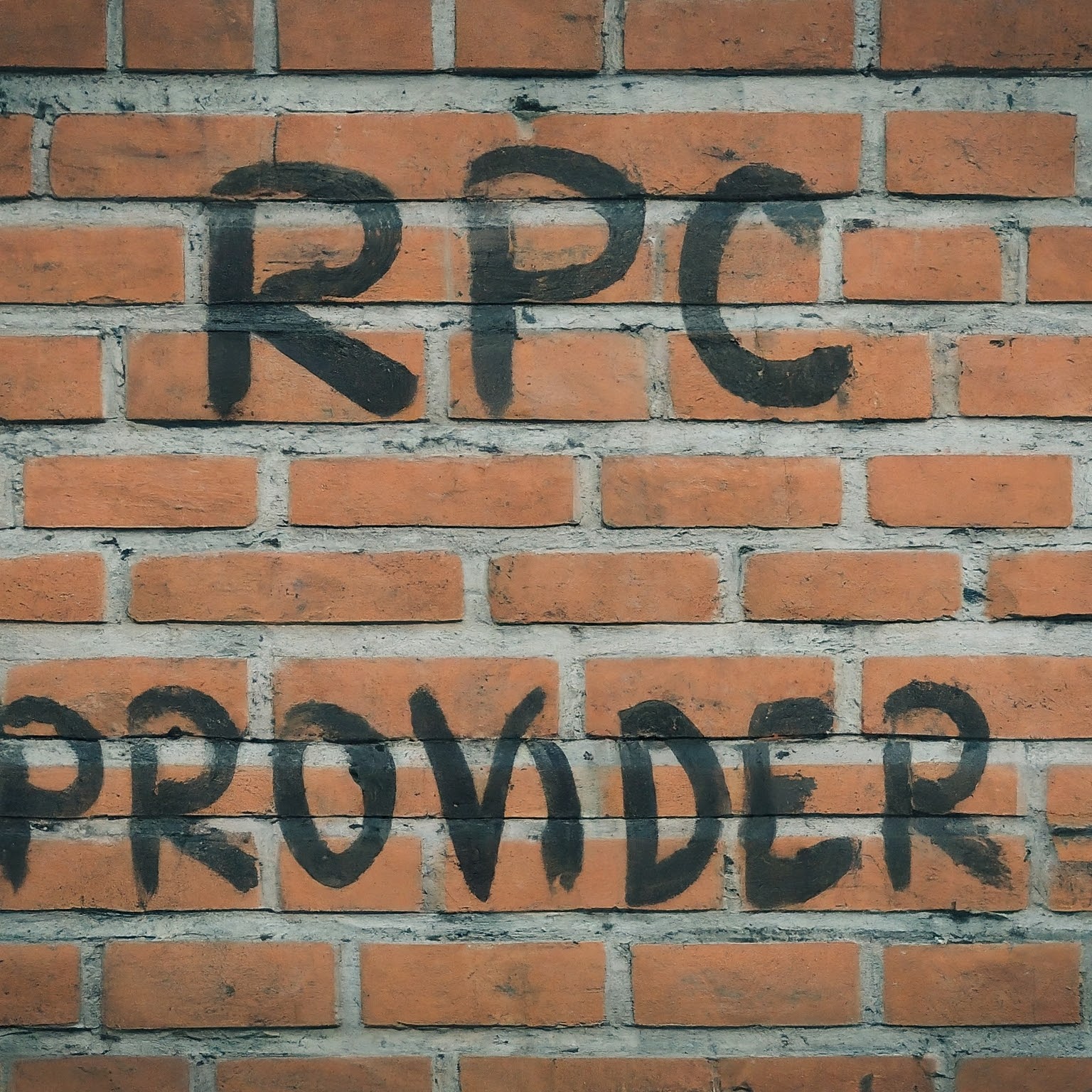
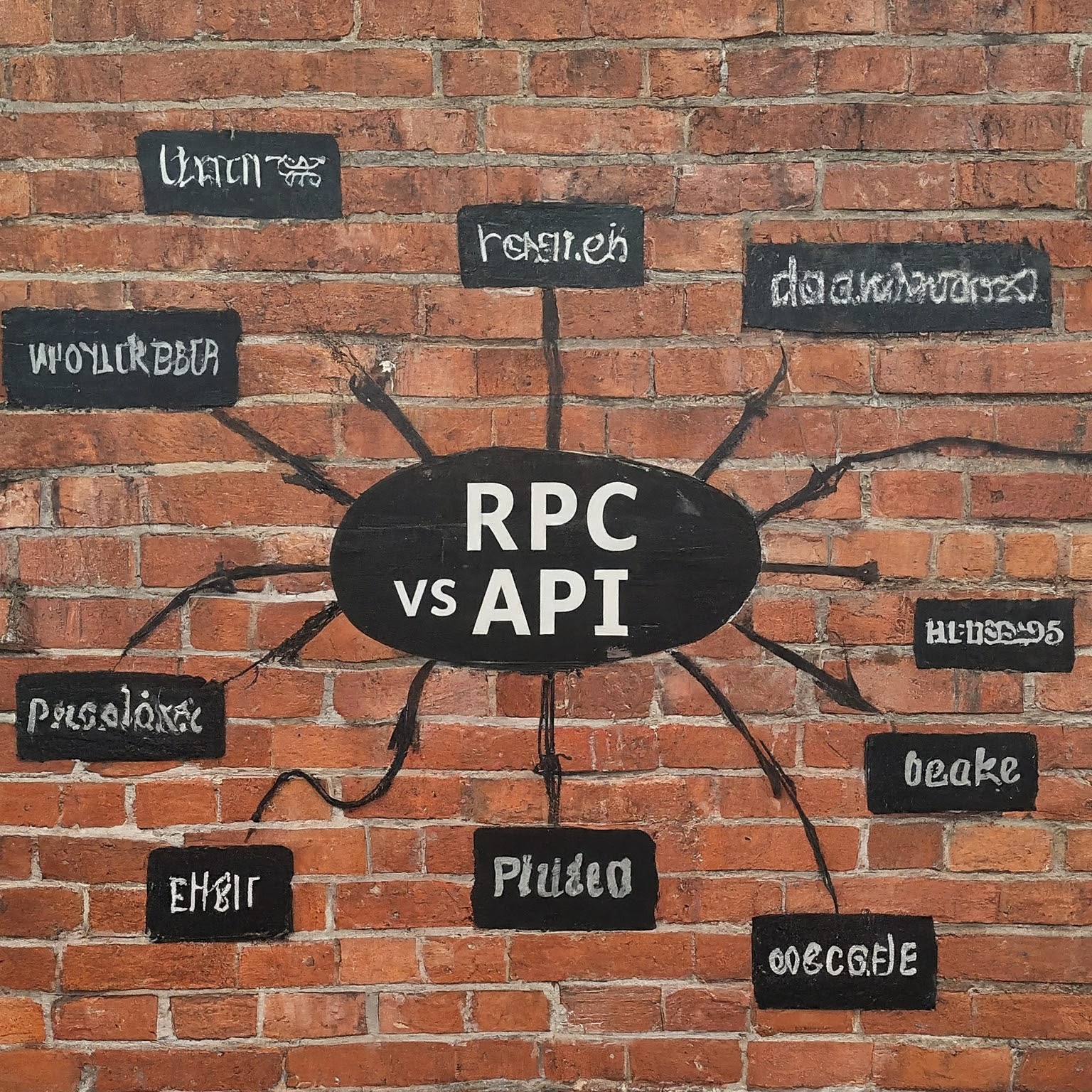
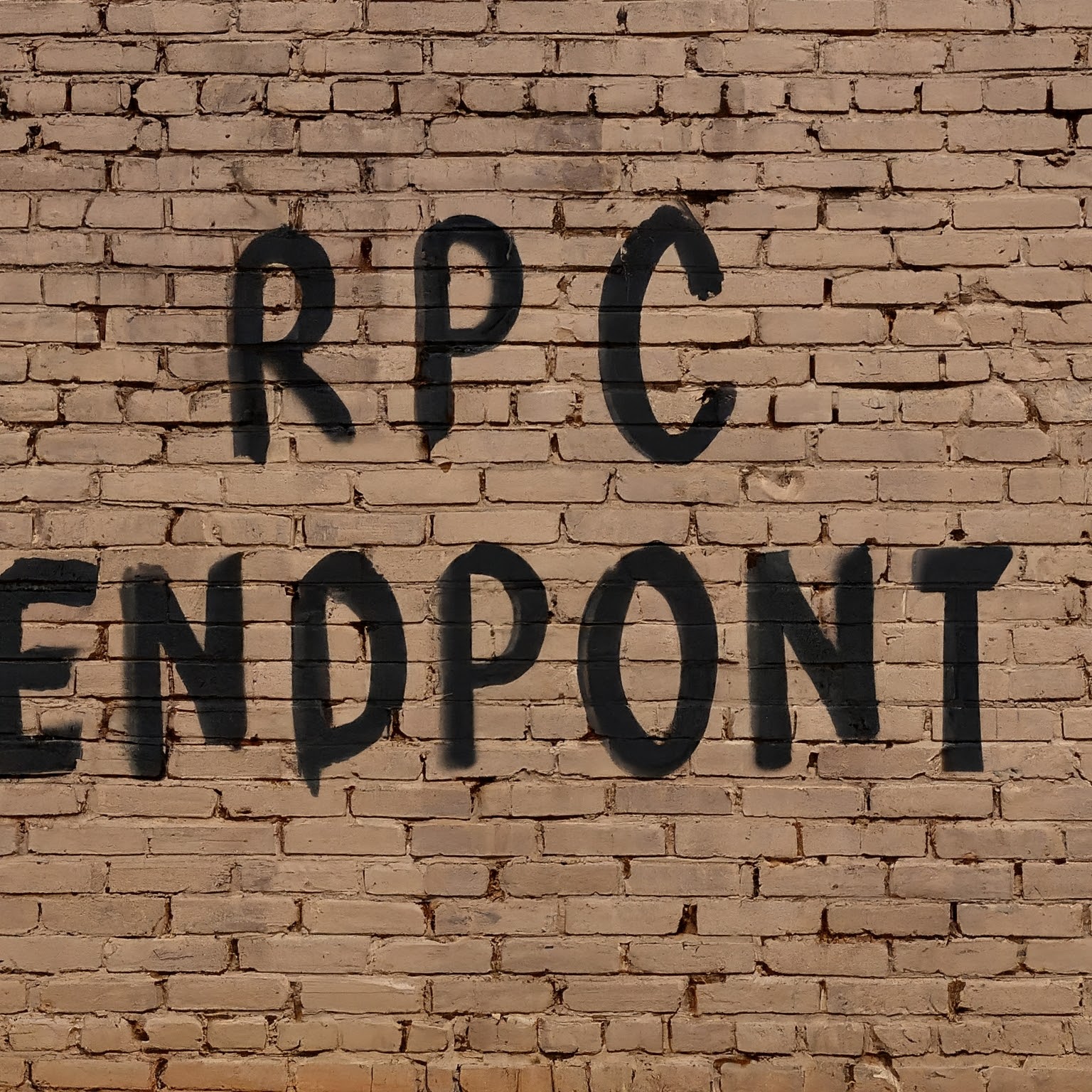

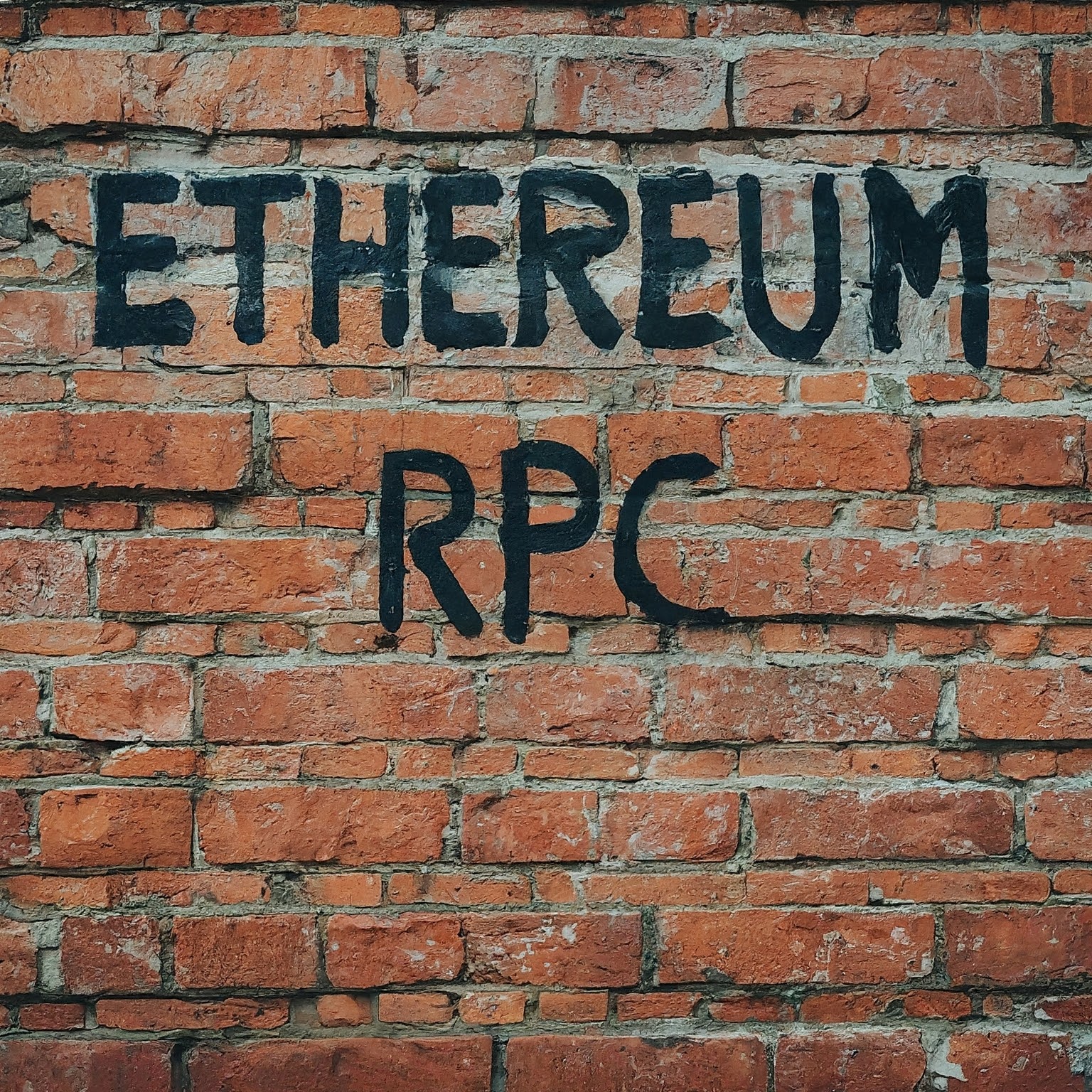
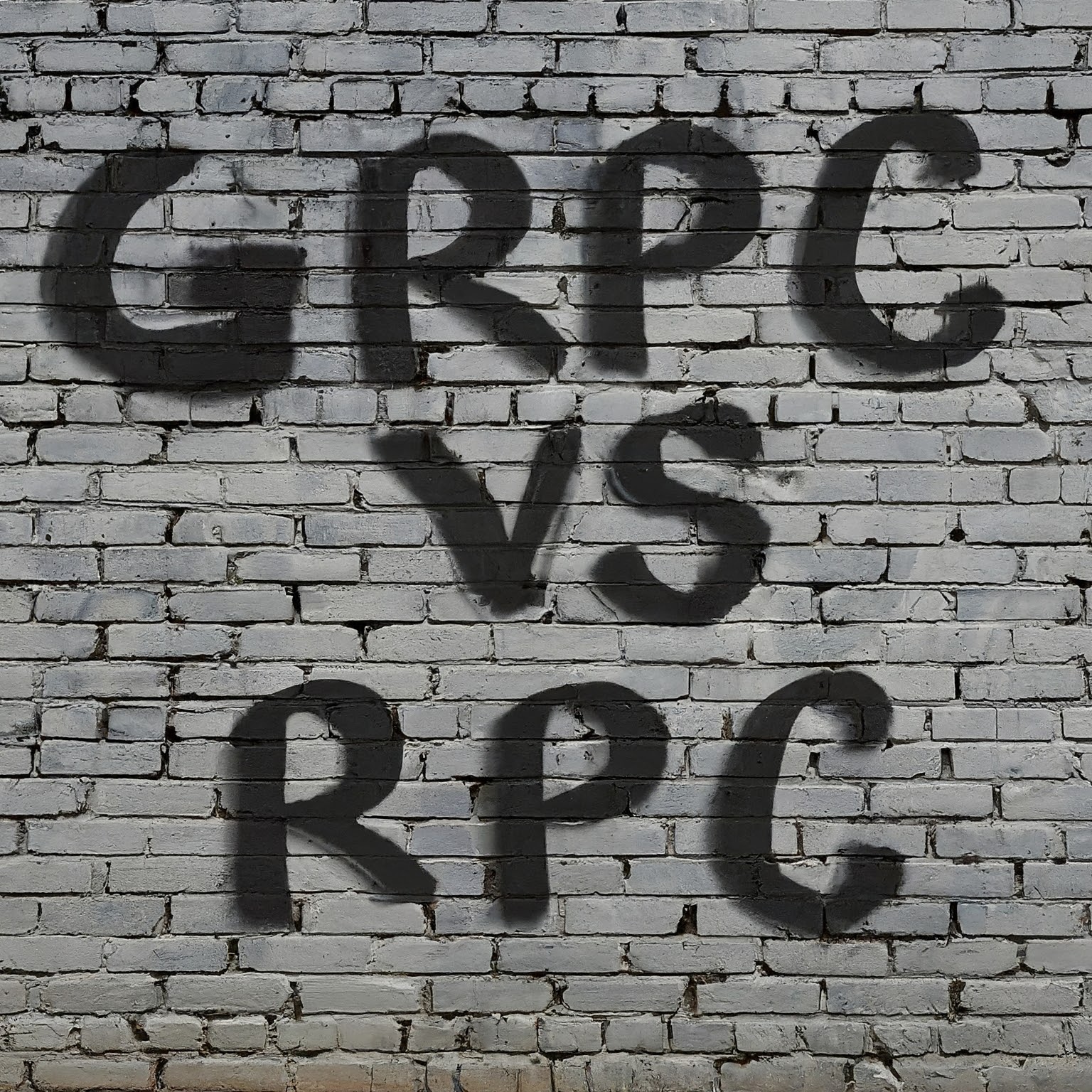
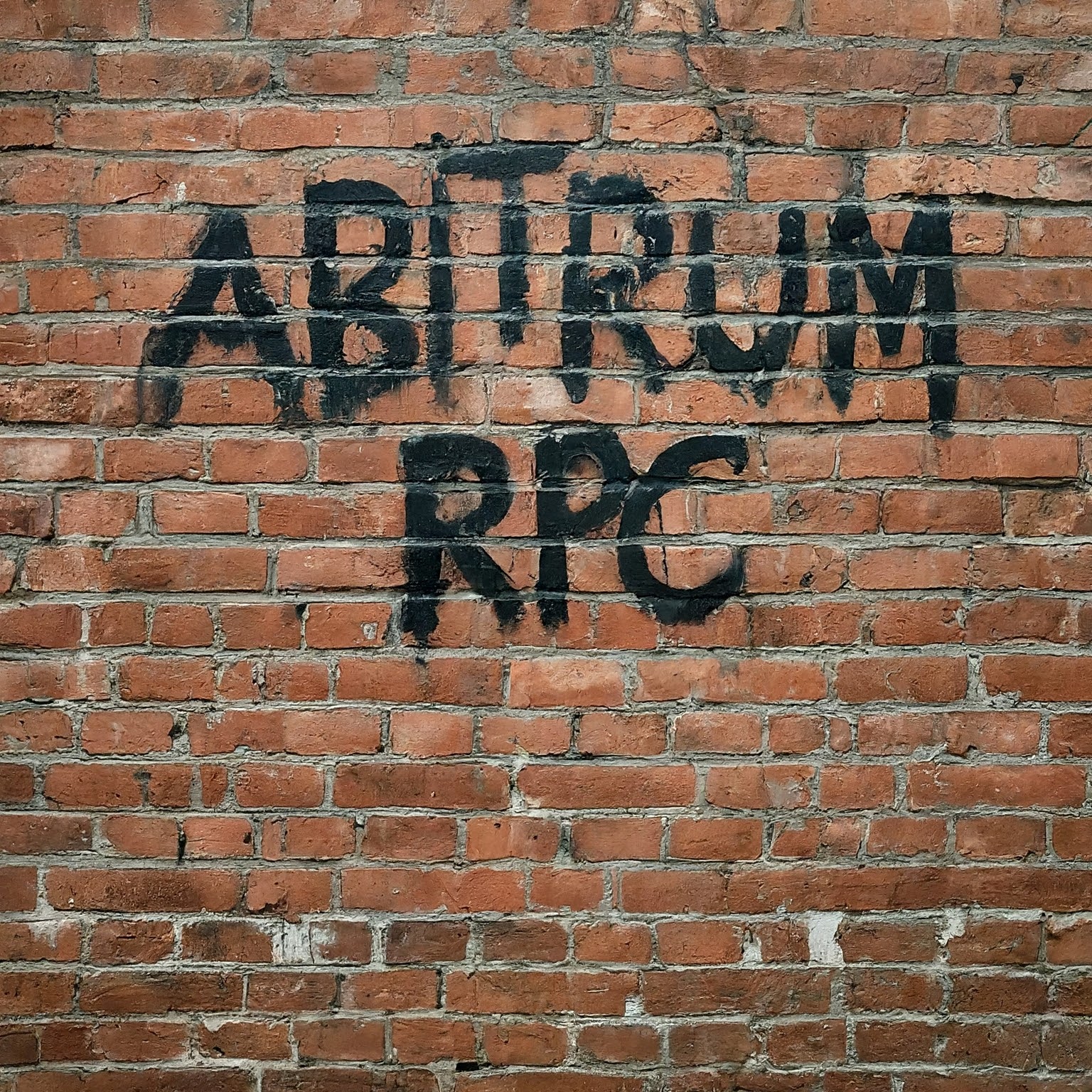

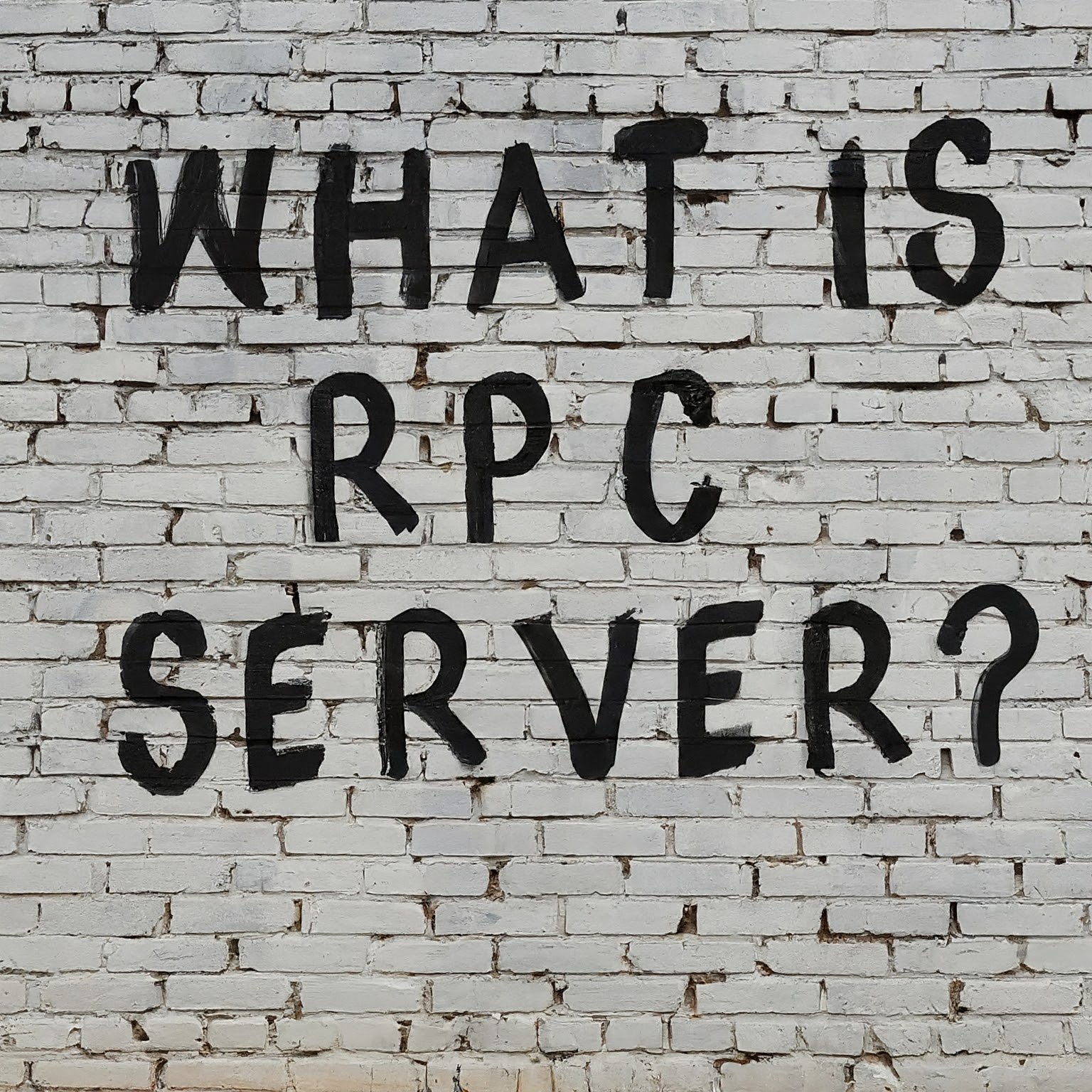

Leave a Reply
You must be logged in to post a comment.